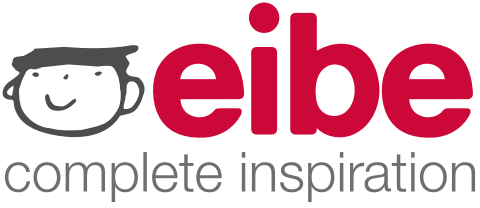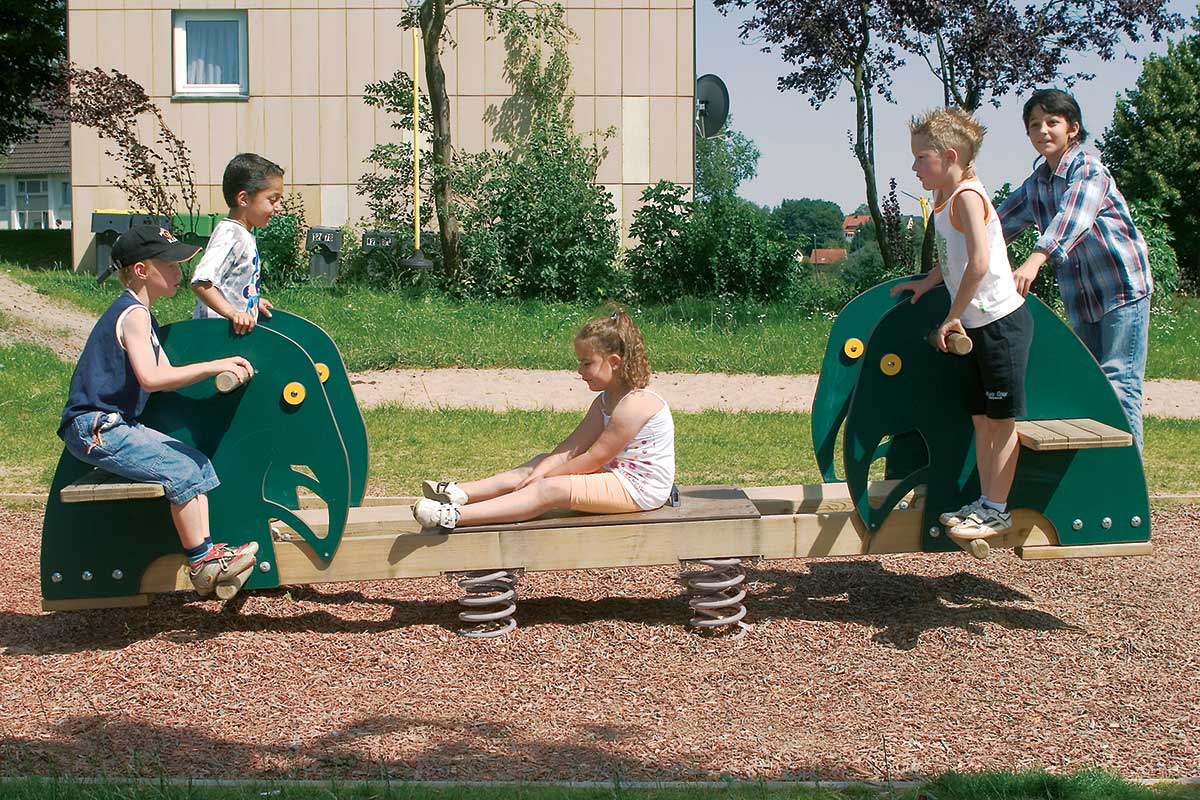Inclusion and integration – the two terms have received a lot of attention for quite some time now. In both politics and in the social context as well as in education they are often discussed. Although they sound very similar and at first glance seem to mean the same thing, there are significant differences between integration and inclusion. The differences between the two approaches and how they are used in the educational context are the focus of this article.
Table of content
- Important terms
- UN Convention on the Rights of Persons with Disabilities – Convention on the Rights of Persons with Disabilities
- Difference between integration and inclusion: theory and practice
- Play facilities and inclusion – what to consider?
Important terms:
- Exclusion
Exclusion of people with disabilities. - Segregation
Separation of people according to their respective abilities and characteristics - Integration
Integration refers to the incorporation of people with disabilities into existing structures without changing fundamental framework conditions. - Inclusion
Highest commonality, structures are adapted to individual needs and abilities.
In terms of the difference between integration and inclusion, this means in short:
With inclusion, every individual difference is considered normal, no subdivisions are made. Inclusion also goes beyond the mere aspect of disability – it applies to all aspects of individuality. With inclusion, differences are perceived, but segregation should be eliminated as much as possible.
UN Disability Rights Convention – Convention on the Rights of Persons with Disabilities
Above all, the UN Convention on the Rights of Persons with Disabilities, which advocates for a comprehensive convention on the rights of persons with disabilities, shows what the future should be about. On 13 December 2006, the “Convention on the Rights of Persons with Disabilities” was adopted by the United Nations General Assembly (CRPD). The goal is not the mere integration of people who are excluded because of a disability, but to enable all people to participate in all activities – and to do so without restriction. Moreover, disability should not be understood negatively. For all people to live together and equally, it is necessary that society adapts to the individual with a disability and not vice versa.
Difference between integration and inclusion: theory and practice
This theory is not without controversy, especially when it comes to education. Article 24 of the Convention, states that have signed this treaty guarantee “an inclusive education system at all levels and lifelong learning”. Children shall “not be excluded on the basis of disability from free and compulsory primary education or from attending secondary schools”. (Article 24 para.2 a). In theory, this means that the general education system should be accessible to every child – without exception. But in practice, this goal is nevertheless often difficult to implement.
The difference between integration and inclusion is that in school integration, for example, children with disabilities are included in lessons – but still do not receive the same instruction. They therefore work side by side rather than together. Above integration there is always the concept of “restoring a whole”. This has been practised for many years, and the observed results are high. In integration, children with disabilities are supposed to teach themselves skills through imitation. Within the school integration approach, there remain different concepts: target-differentiated (the educational goals differ) as well as target-similar (everyone strives for the same educational goal) integration.
Playgrounds and inclusion – what should be considered?
The relevance of inclusion in playgrounds and playground facilities is clear: designers should therefore create playgrounds that are equally accessible and usable for all. How should play facilities take inclusion into account? Some approaches include:
1. involve users of the playground in the planning process
2. consider infrastructures
3. ensure accessibility at all costs
4. provide a diverse, holistic scheme offer (do not only focus on equipment)
5. allow for a change of perspective and different points of view
6. give preference to playground equipment that promotes joint play
7. take “universal design” into account
8. consider important criteria: wide usability, flexibility, intuitive use, ability as well as low physical effort.
Every child should be able to use the playground, with or without disabilities. Furthermore, no child should feel excluded because their individual condition prevents them from playing. A good reason for this change in thinking is also the change in wording: In the past, a person was said to be “disabled”, they were even denied their humanity – because they were not first a human being, but a “disabled person”. Now the human being is a human being – and he (or she) has a disability. It belongs to him, but does not define him completely. And in the same way, the environment should also reach out to people with disabilities and create an environment that is sensitive to their needs.
You can find more on the topic of inclusion in the playground as well as great examples of accessible playground equipment in our blog post “Barrier-free playground equipment: Inclusion on the playground”.
Image: SeventyFour / Essentials Collection / istockphoto.com

